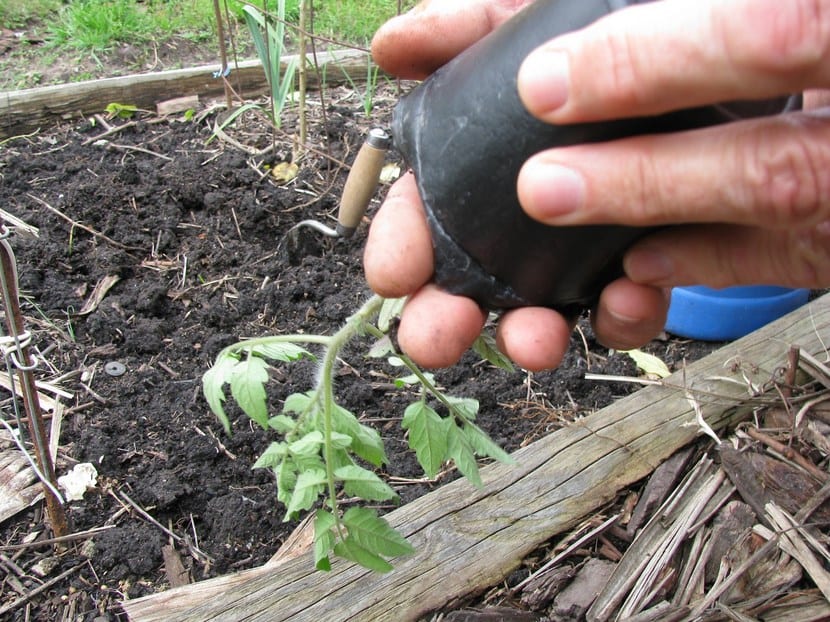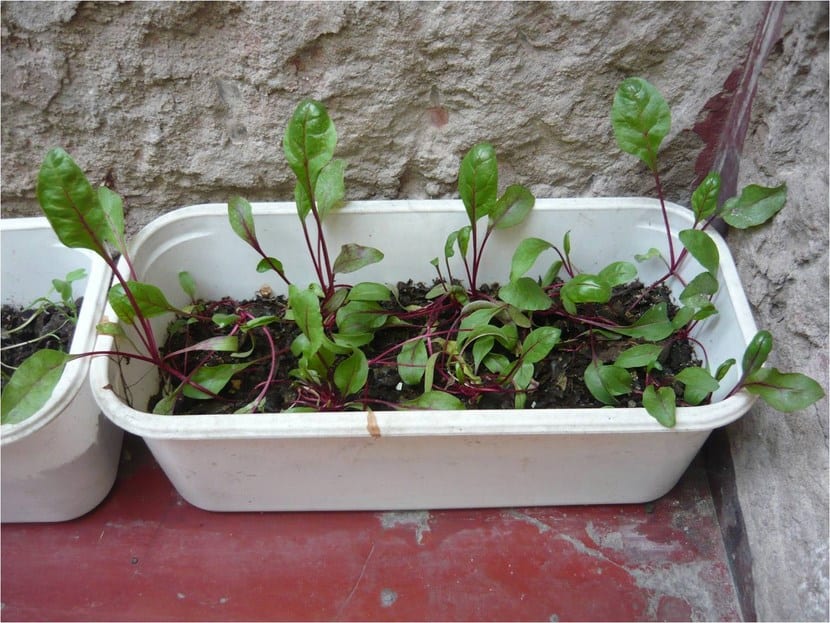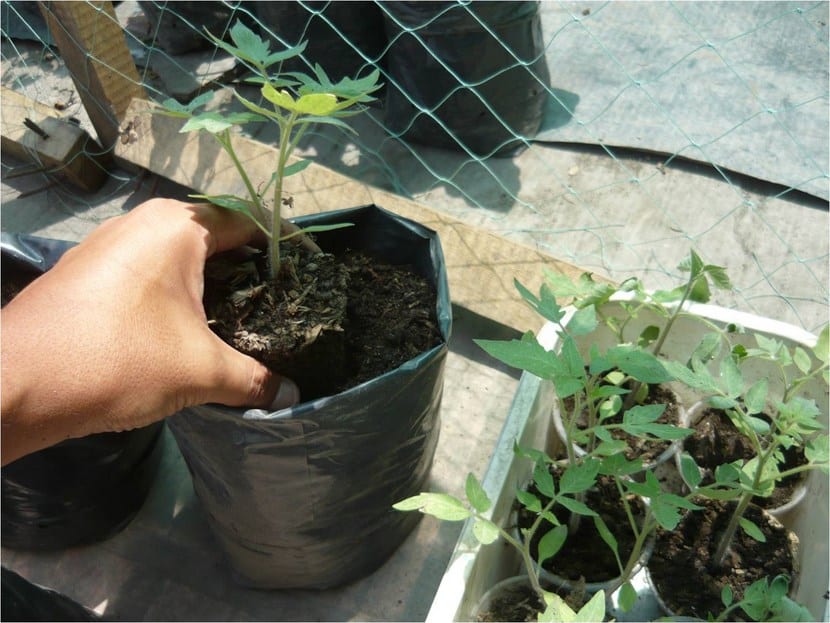
That moment comes when everything is ahead and the seedbeds represent precisely that moment: fertile land, small seeds willing to give everything, a path to follow.
That is why I really like having a garden because I can accompany this slow process but surely nature gives us a gift, from the moment we inaugurate the planting until the subsequent harvest. In the case of some vegetables and herbs, the process is quick so the results are only noticeable a couple of months later.
Each stage has its secrets and during sowing you have to pay attention to the seedling transplant.
The importance of transplantation
Many of the garden plants first grow in seedlings but there comes a time, when they are strong and mature, that they must be transplanted to their final place in order to have more space and develop better.
Although it is the normal cycle of any plant, this does not remove the drama that causes them. Plants are in shock at the change and that's why you have to be very careful during transplantation so that the plants adapt without consequences. If the process is poorly carried out, the plants can have a tragic outcome.
The most important thing at the time of transplantation is do it very gently, avoiding sudden blows and jerks. But you also have to take into account the time of transplantation because if the plant is too big it will cost more to adapt to the new environment. The ideal is do it when it is somewhat strong although it has not yet grown too much.

What to keep in mind
To be successful with your transplant, the best thing you can do is transplant the plant with its soil. In this sense, those seedlings that allow this type of action work very well, that is, they allow the plant to be removed from the mold to move it as a block.
In the case of not being able to do so, remove the plant with as much soil as possible around it. When extracting the plant, avoid touching the roots or cutting them. Also, be very careful with the sun as they should not be exposed.
Moreover, the new habitat must have rich and loose soil. Place the plant there and do not touch it too much so as not to affect the roots. If possible, reinforce the soil with nitrogen.
Newly transplanted plants usually take a few days to settle, so be patient. Check the plant daily and register if little by little it gives away new shoots as this is a sign of health.
